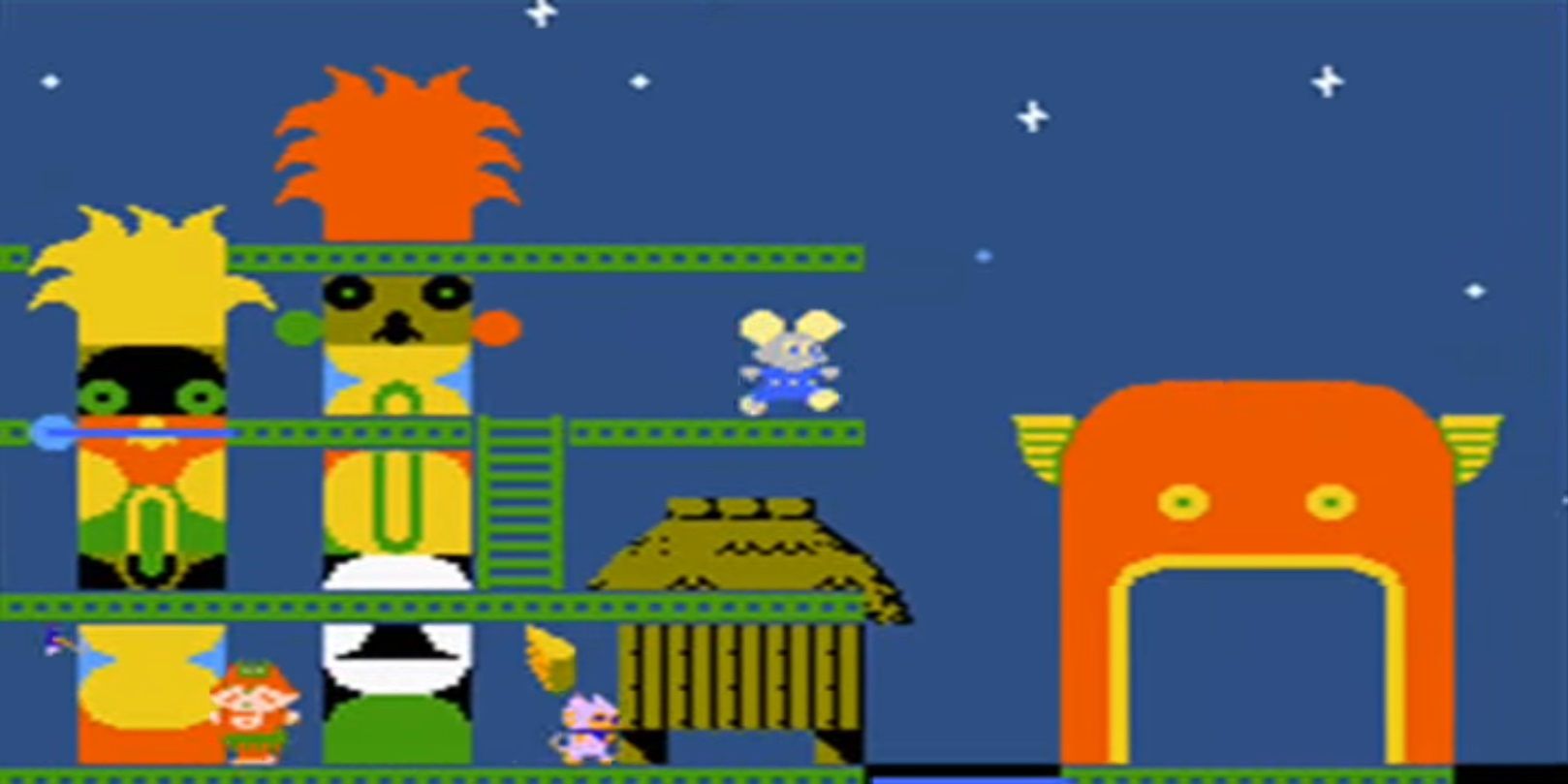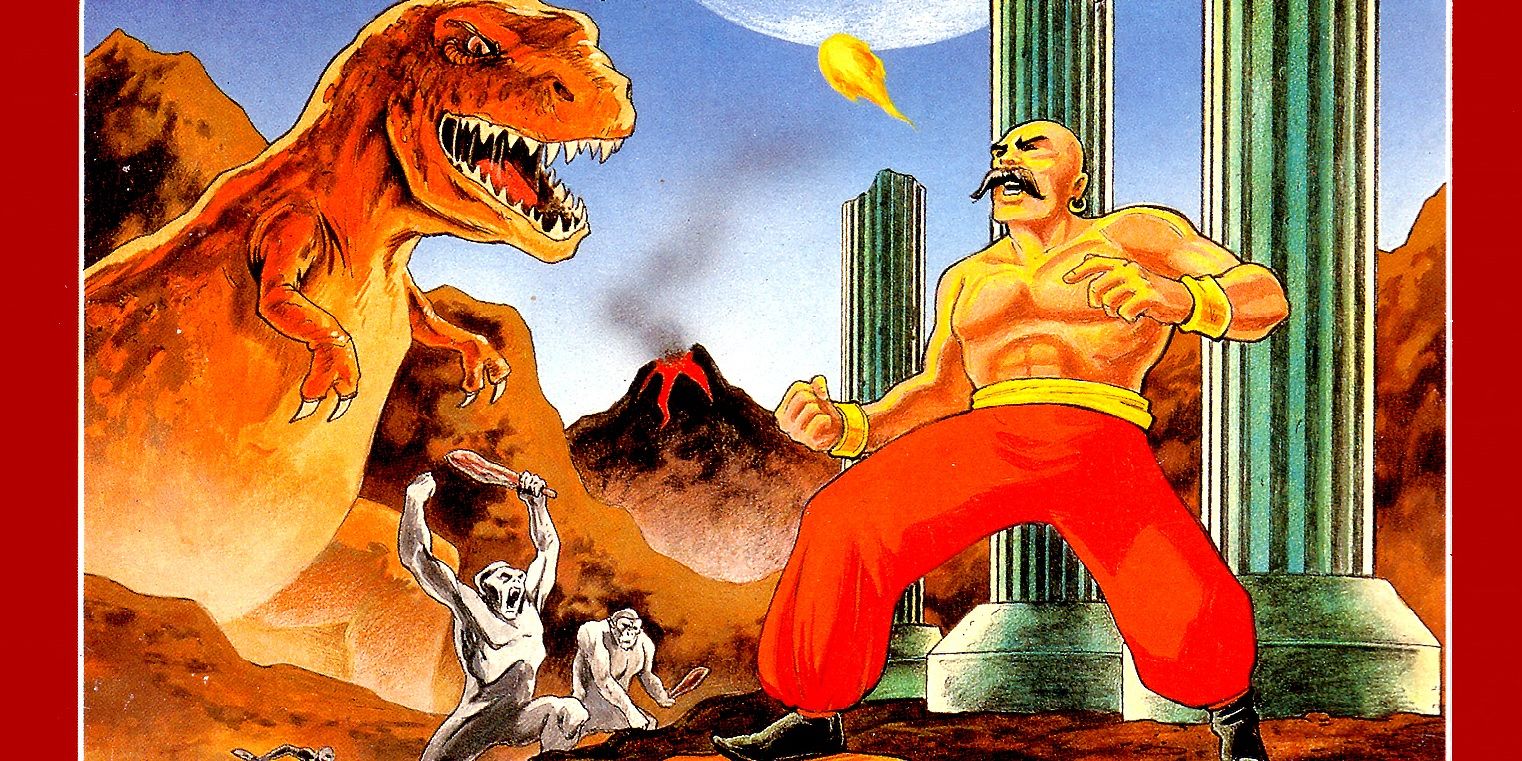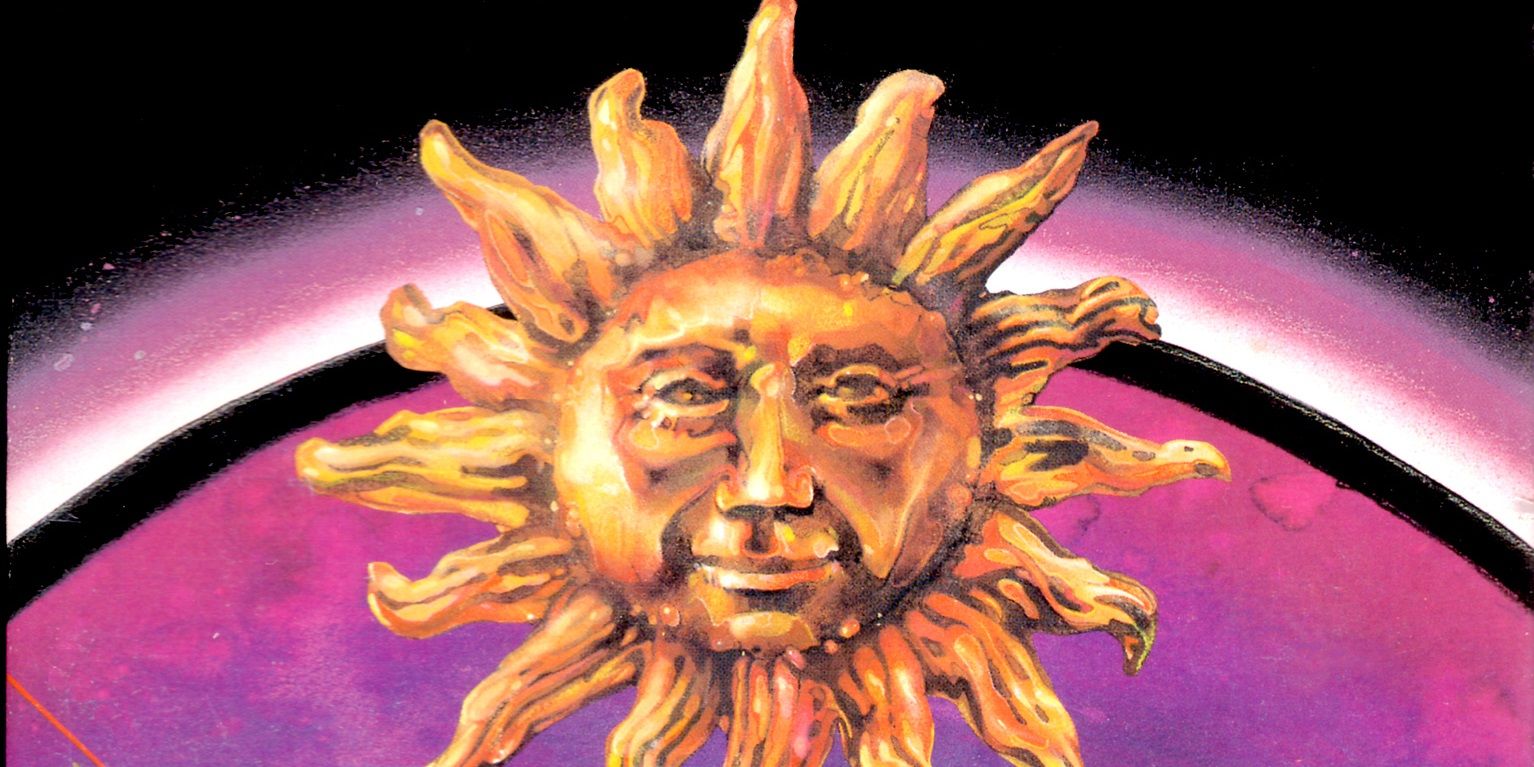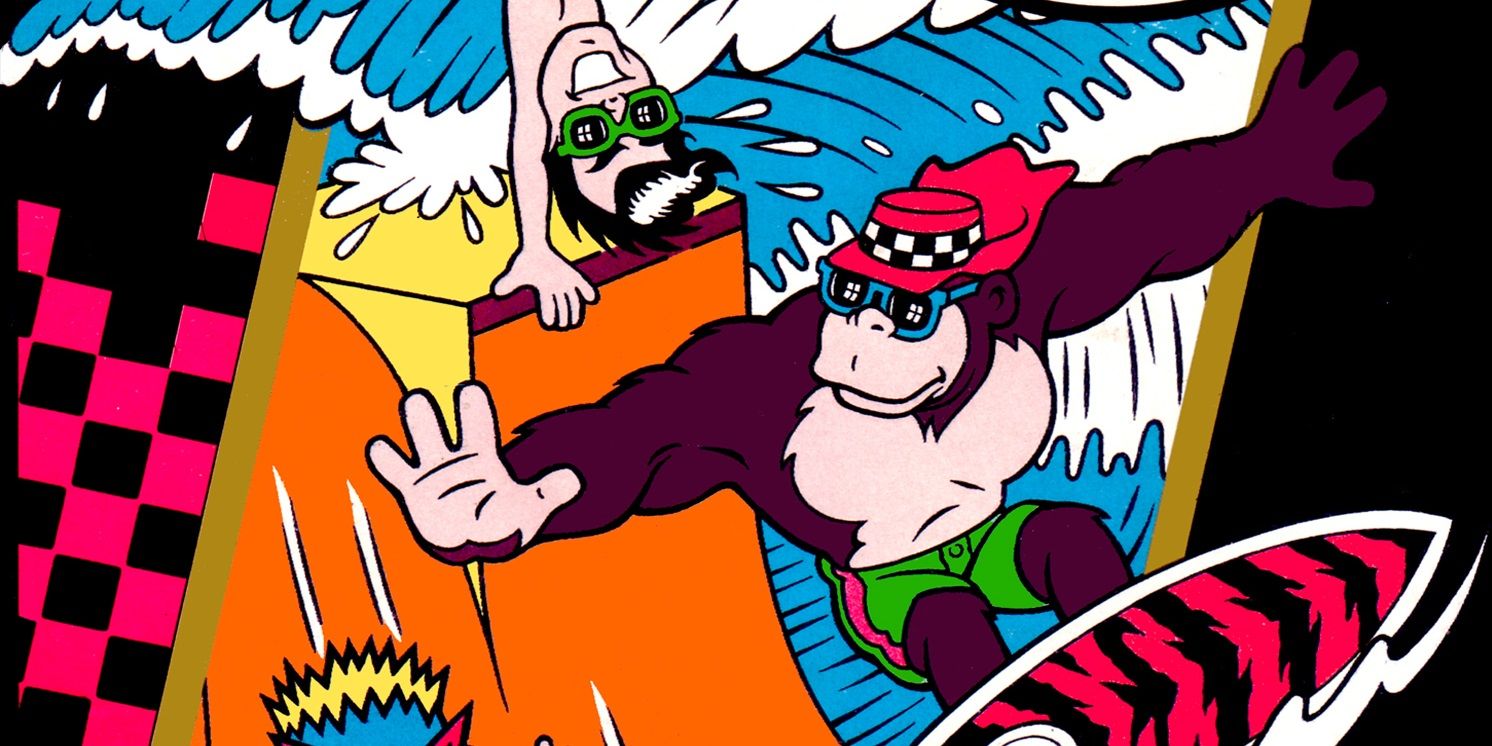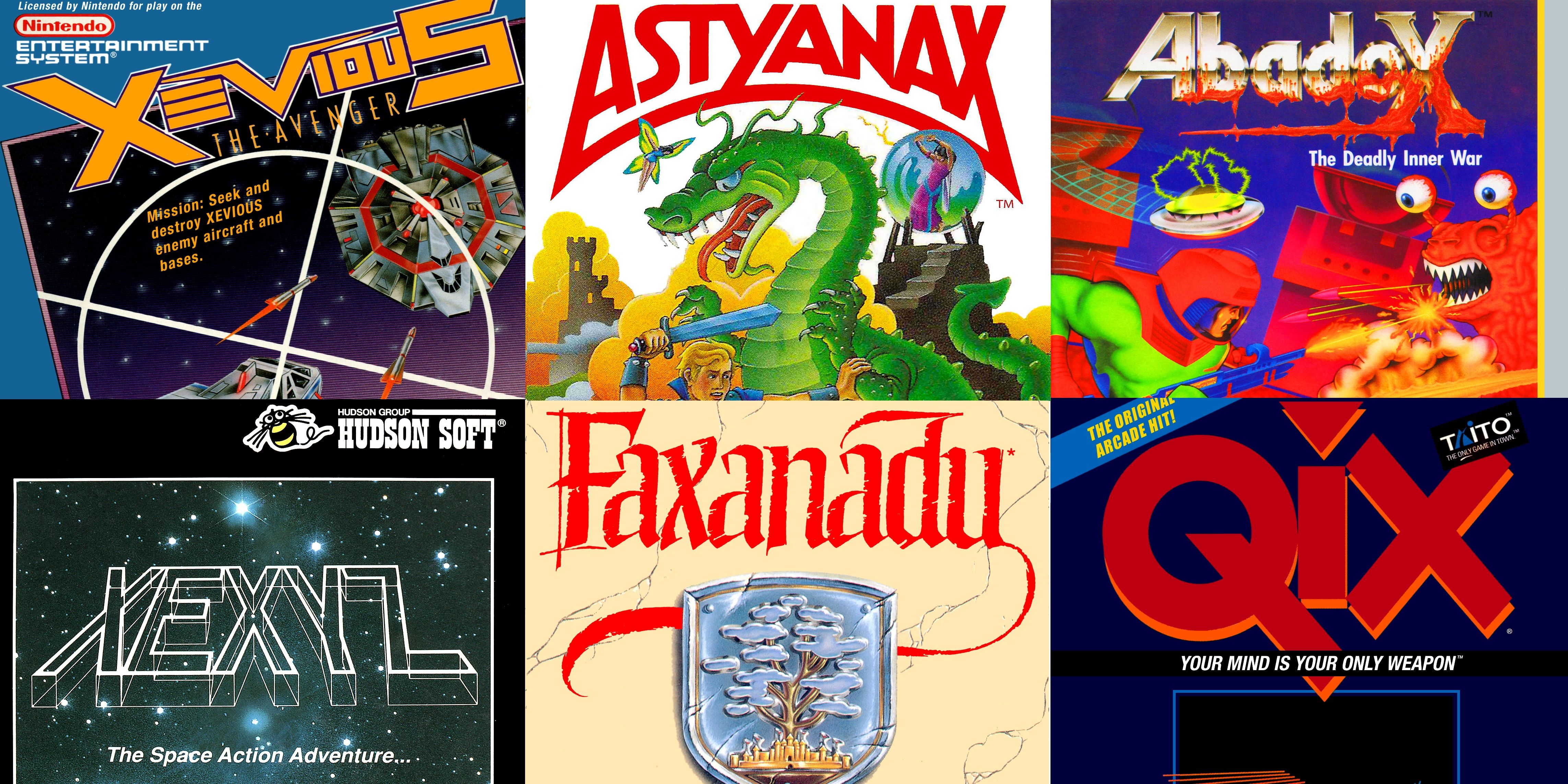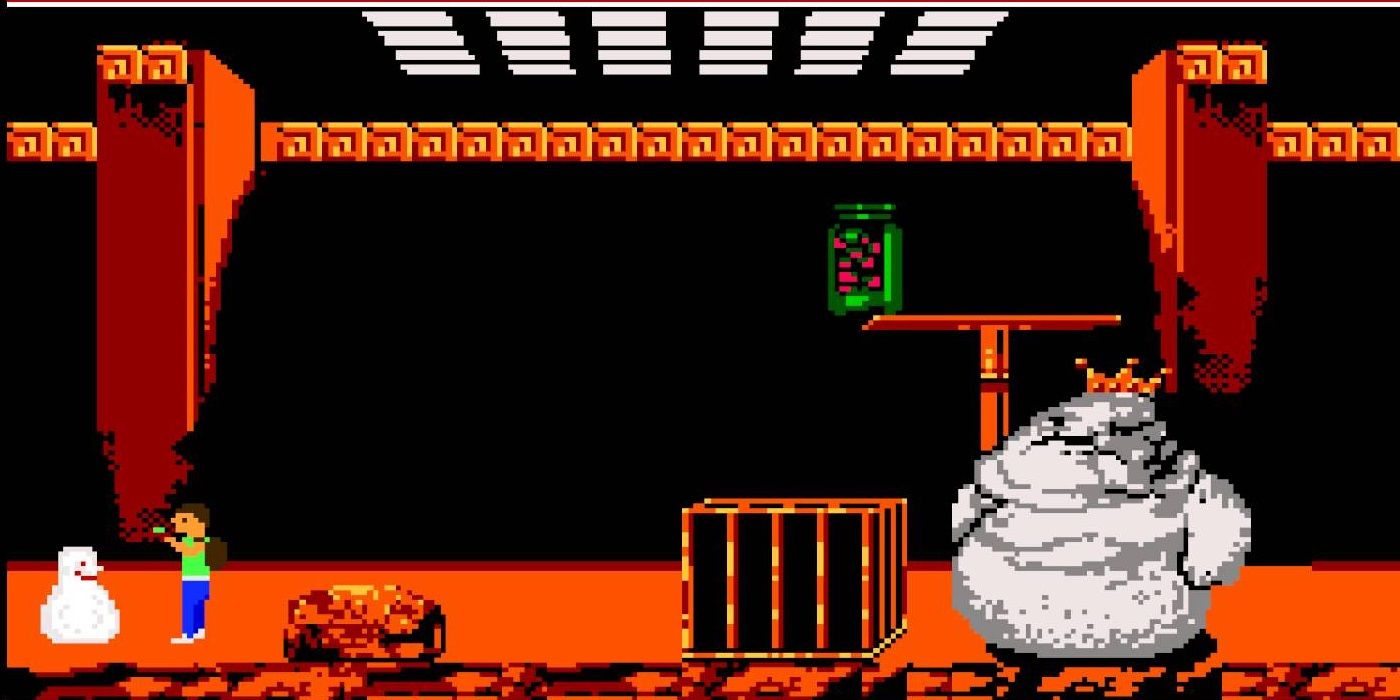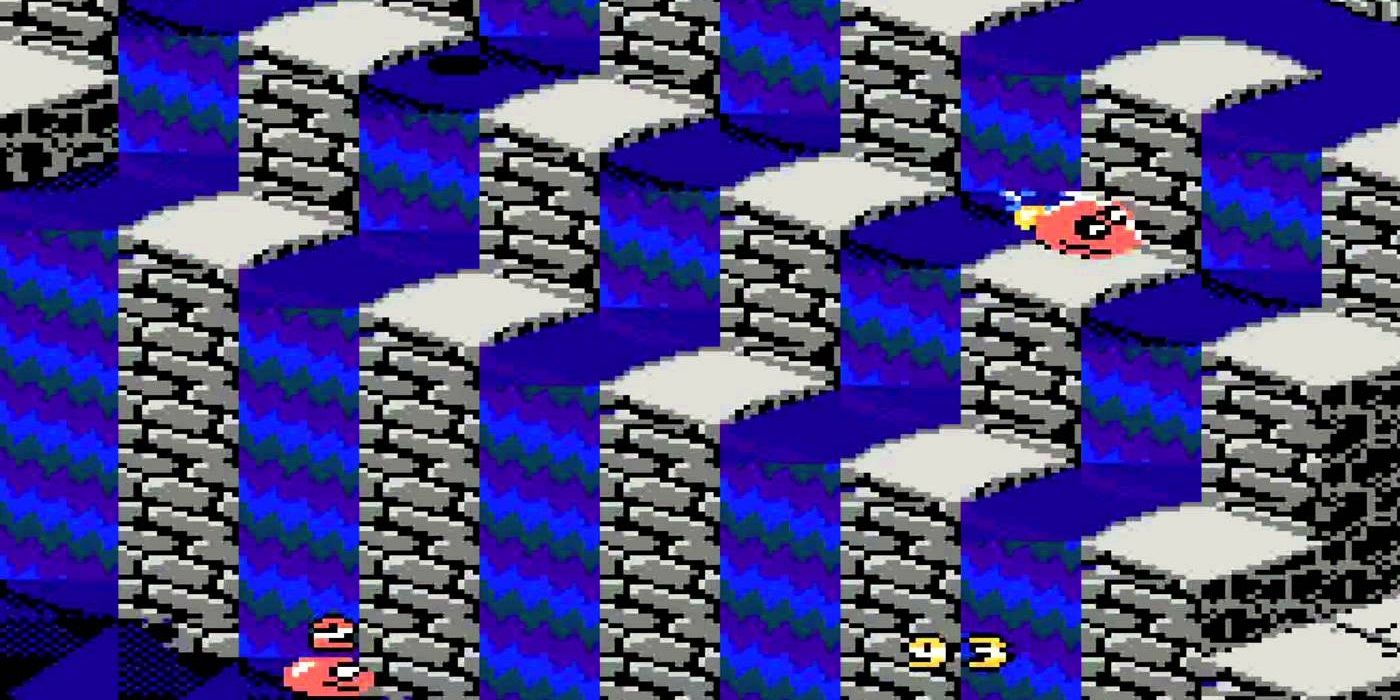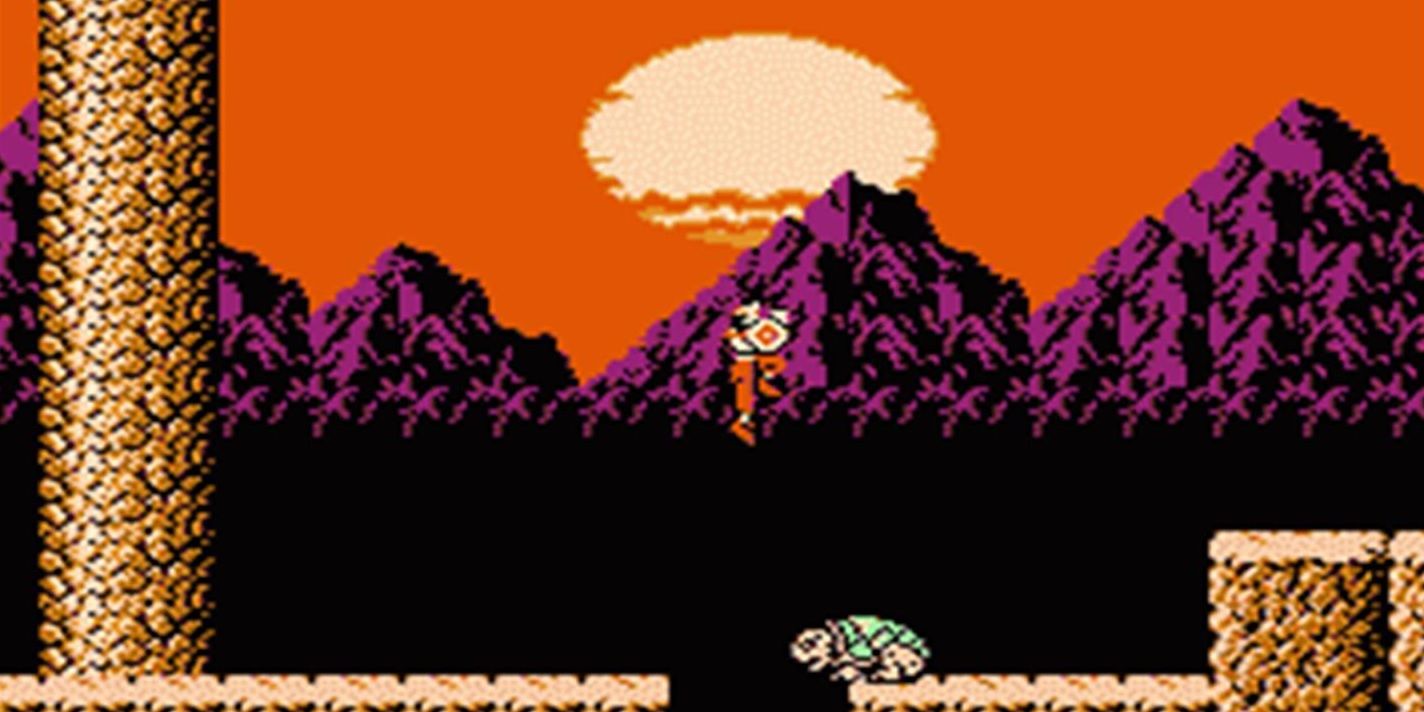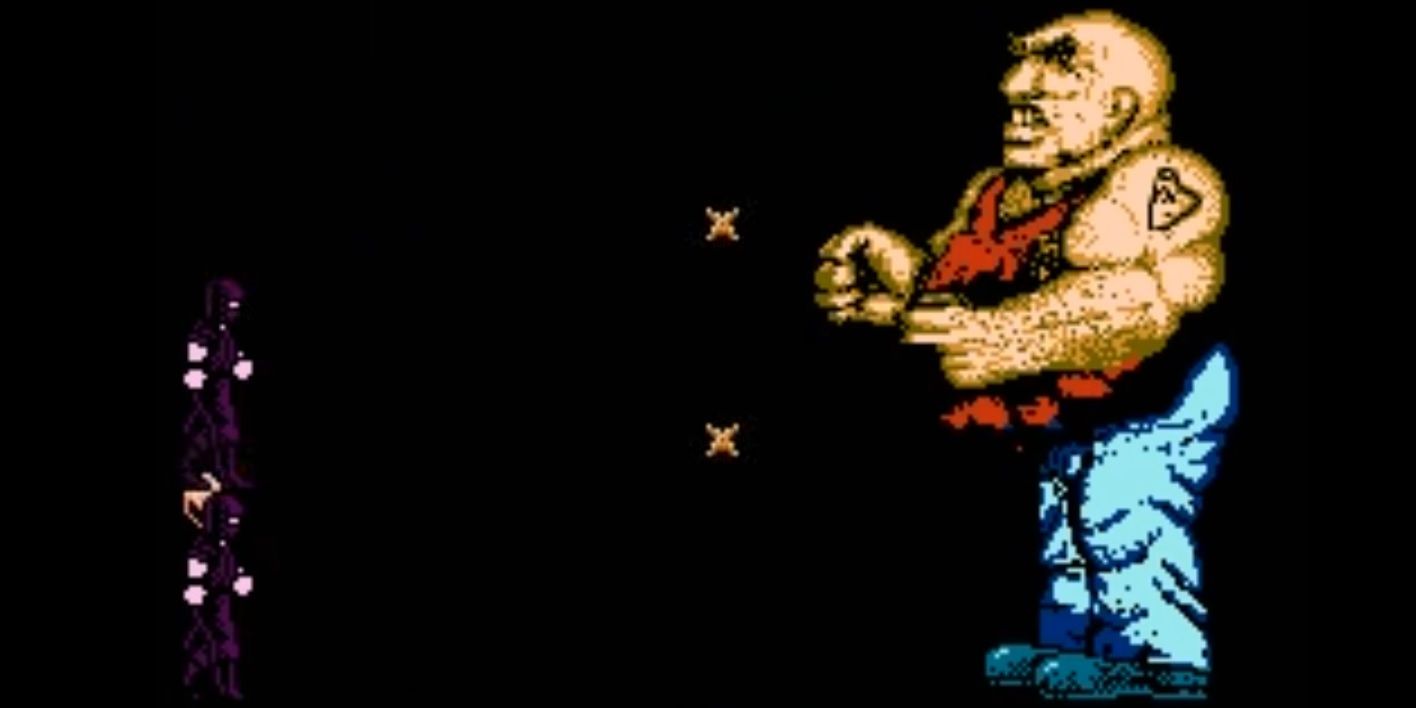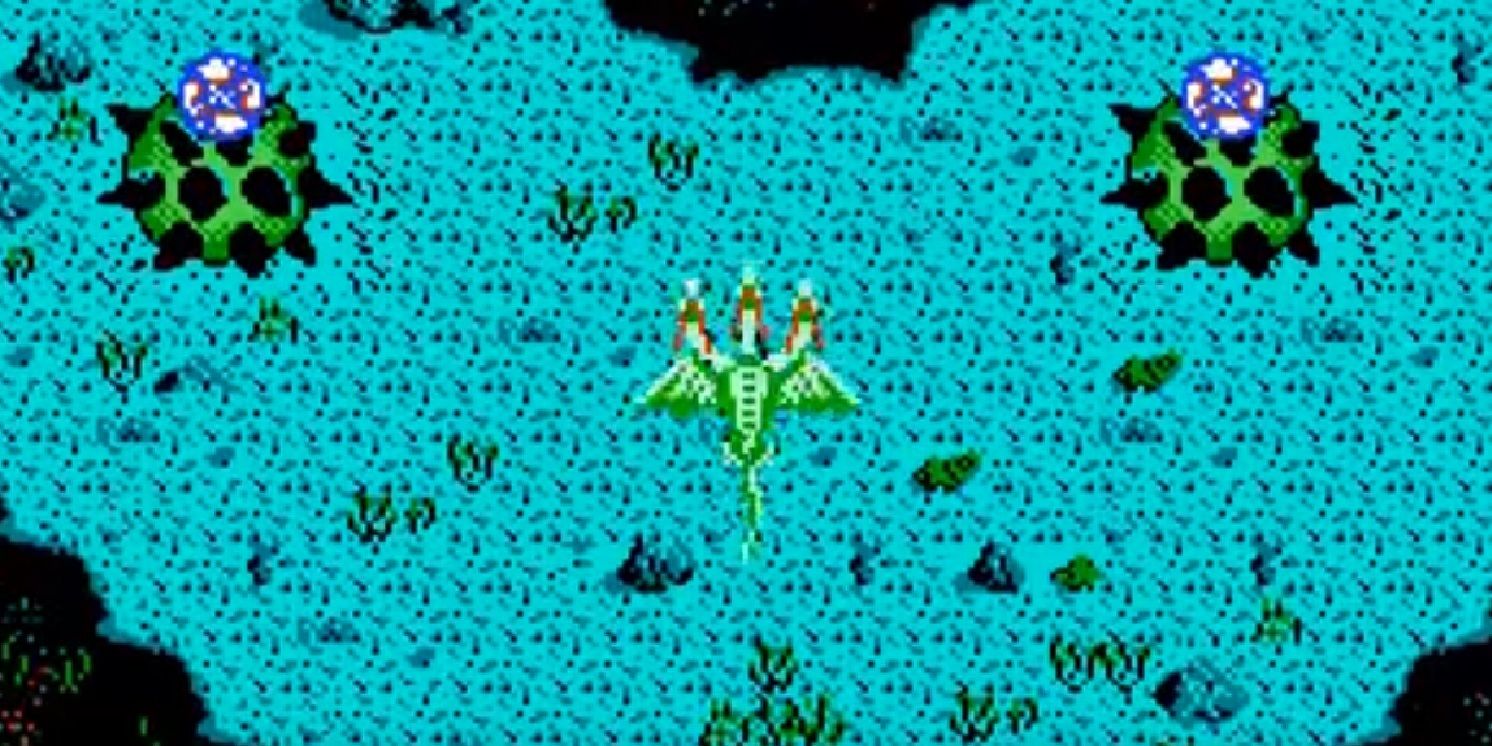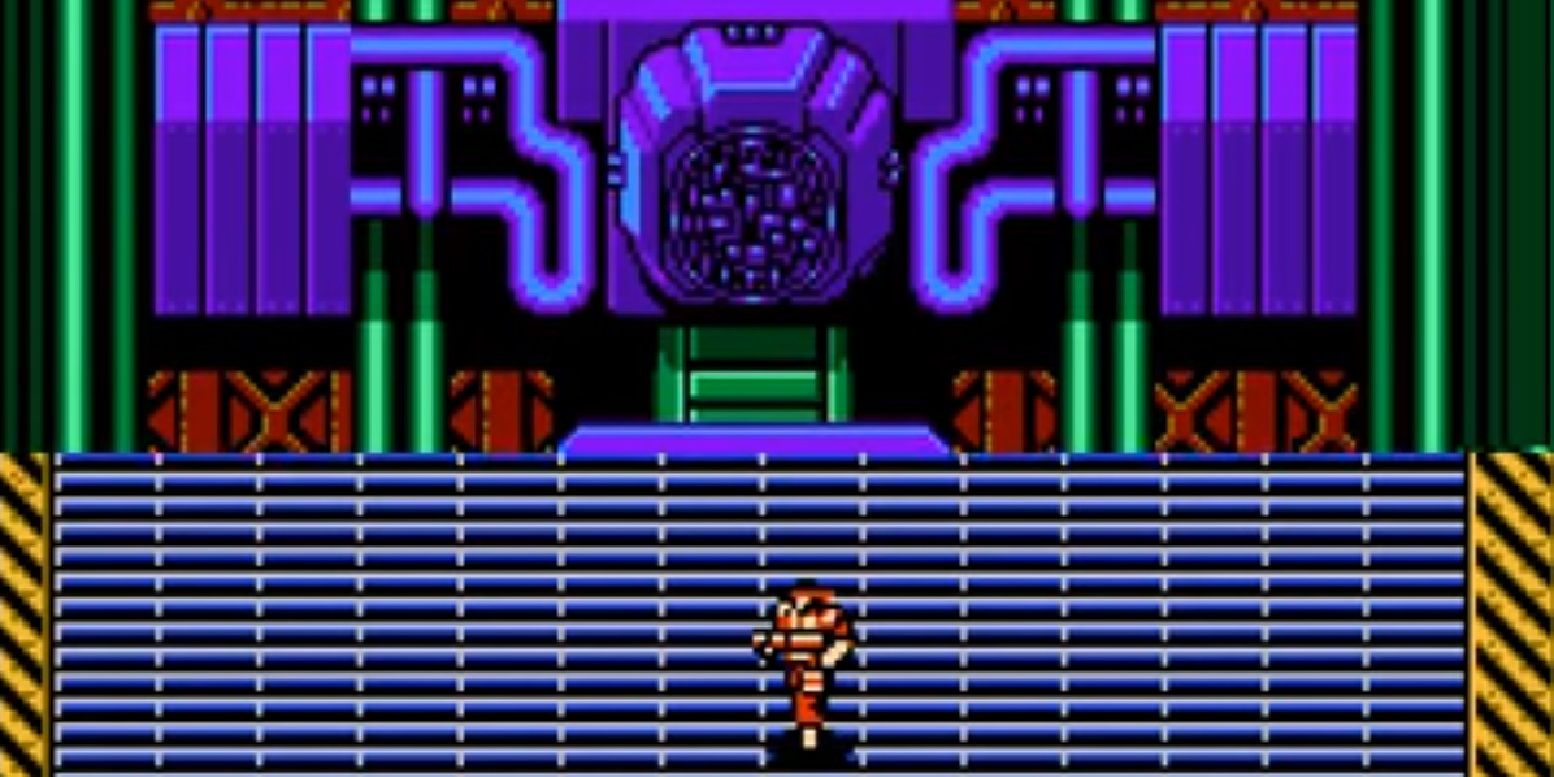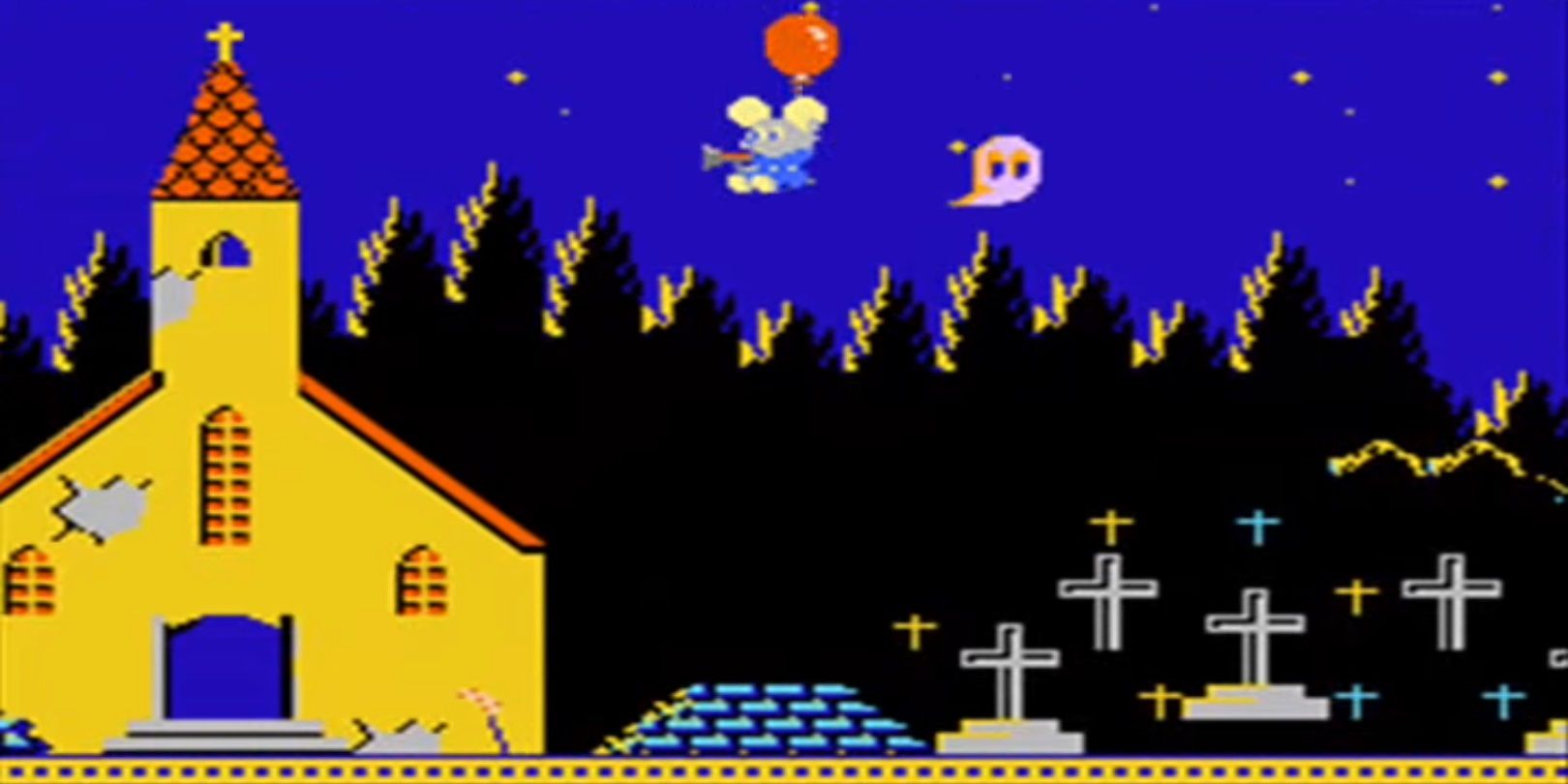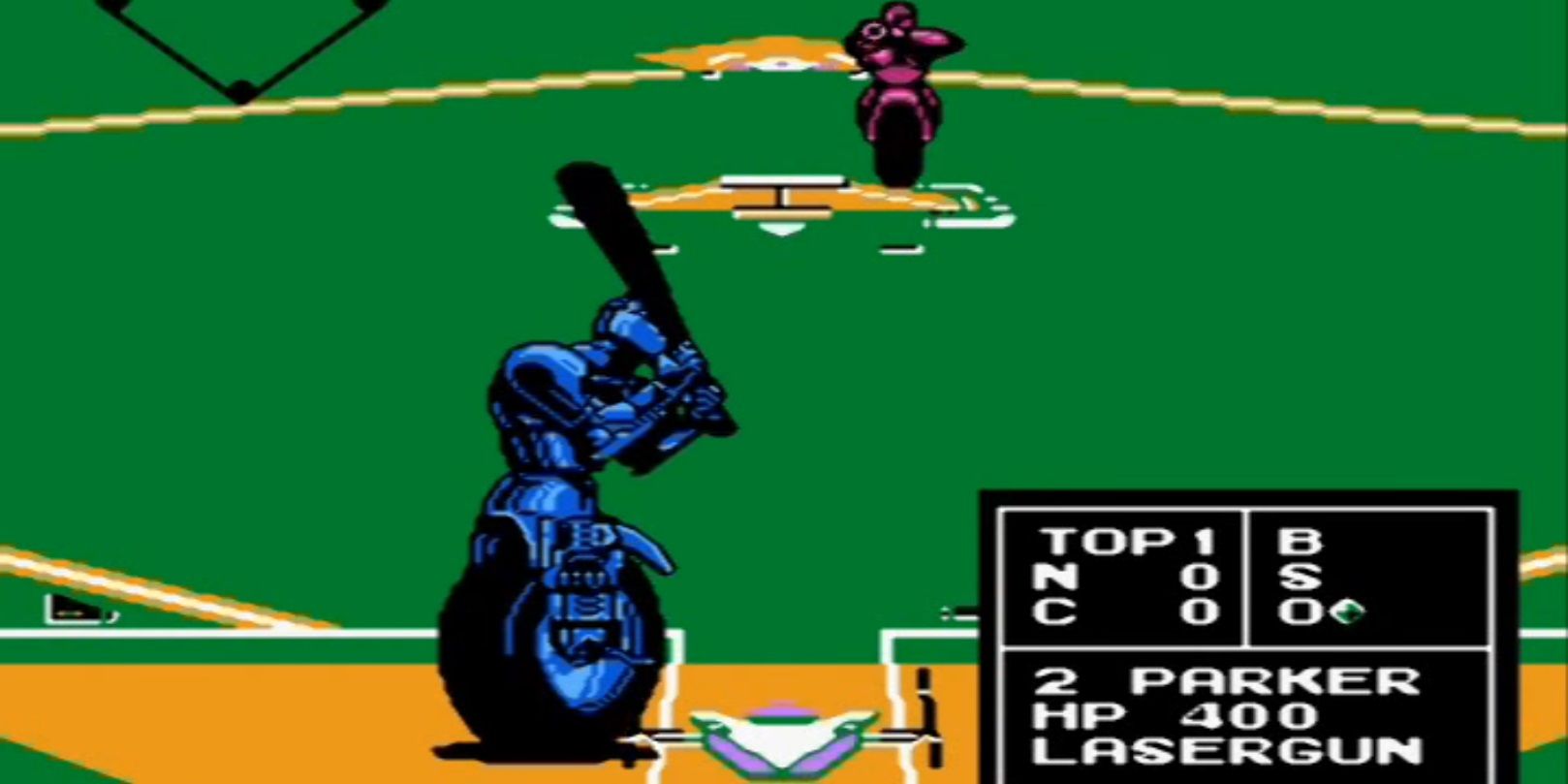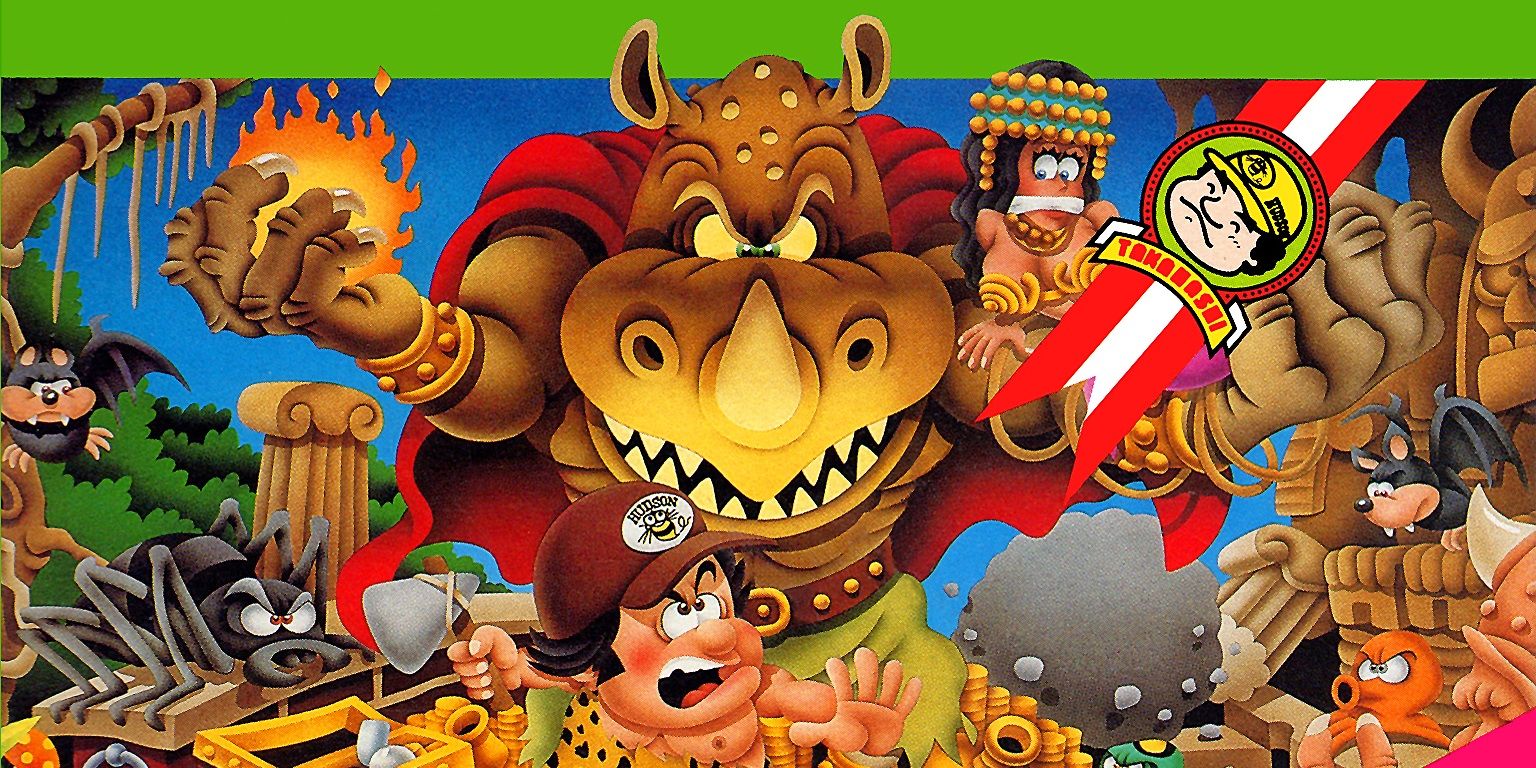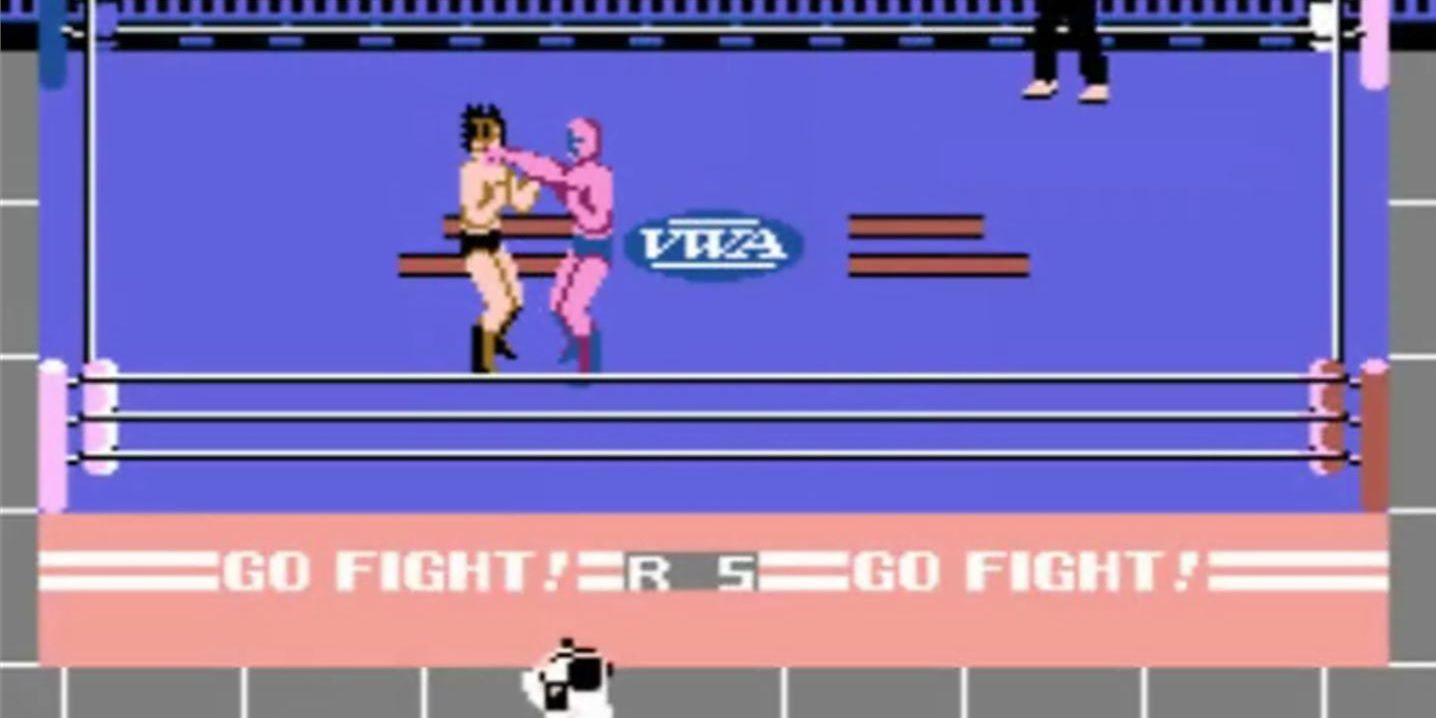The original Nintendo Entertainment System (or NES) was the landmark home video game console that revolutionized the industry and forever changed the landscape of home entertainment. Dozens of all-time classic games were released for the 8-bit system and will be remembered for decades to come. The system, though, had over 670 games released for it in North America. That is a lot of games.
For every Super Mario Brothers or Double Dragon, any Nintendo player probably played 10 games whose names have been lost to time for them. These games aren’t necessarily bad; they just either had names too complicated or too simple, or were maybe only around for a weekend rental from a dusty video store (remember those?). Maybe your older cousin had the game and sold it before the name could solidify in your mind, or maybe a friend owned the game and moved away far too soon. Whatever the case may be, we’re here to help. Prepare to have your memory jogged with these old-timers. These are 15 Classic NES Games You've Played... But Can't Remember The Name Of.
15. Karnov
The name is on the tip of your tongue-- it’s something Russian-sounding. Fear not, the name of the game is Karnov. Karnov was a side scroller where you played as Karnov, a shirtless and bald Russian strongman who breathes fire. That may well be the extent of your memory of the game, and it definitely is just bizarre enough to be plausible but possibly not an actual game. The truth is weirder than you remember, however. Karnov not only breathes fire, but he does it to fight mermen and yetis and demons and dinosaurs. He also eventually can grow angel wings and fly, which believe it or not is something all circus strongmen are capable of.
Karnov was a game in-line with all the surreal WTF-ery rampant in the 8-bit era (partly due to graphical and technical limitations and partly due to the fact that nobody cared what was on-screen so long as one thing killed another thing and you had one water level and one ice level). Despite the oddball premise, Karnov became a recurring character for publisher Data East, and he wound up becoming the boss in other games and was the foundation for a couple fighting games in later gaming consoles. His backstory got even weirder as time went on and wound up involving him abandoning Heaven in order to fight people who mocked him. Data East went out of business some time ago, and that’s not exactly a surprise when your Sonic/Mario is Karnov.
14. Taboo: The Sixth Sense
If you were one of the unlucky kids who wound up with Taboo: The Sixth Sense as a gift or an ill-informed purchase/rental, we are very sorry. What a waste of a cartridge. For those of you who aren’t familiar, Taboo isn’t even really a game. It might have been the biggest crock in the entire history of the NES.
Developed by Rare (who made the mega-hit Battletoads and would later go on to make other classics like Donkey Kong Country and GoldenEye 007), Taboo was really just a painfully slow tarot card simulator. At the beginning of the “game” you had to fill out your name and birthdate and sex which, when the system doesn’t have a keyboard, can take an awfully long time. You are then expected to write out a full question, which takes even longer. The cartridge then goes into a psychedelic freakout mode while it randomizes the tarot cards. After laying them out on a black screen as slowly as possible, it turns them over one by one in order to explain them to you (in the hopes that it starts to make sense in regards to your question). When all is said and done, you are able to enter in your state and the number of numbers you need randomly generated for the purpose of “lucky” numbers for the lottery. Fun!
13. Arch Rivals
Developed by Midway (who would later go onto make NBA Jam and Mortal Kombat), Arch Rivals began its life as a quarter muncher at the arcades. We’re not sure if the basketball game was supposed to be a punny name, since an arc is what the 3-point line is referred to, but it is a fitting title nonetheless.
Arch Rivals featured a cartoonish style and 2-on-2 action. You picked your team from a group of one-named characters like Mohawk, Blade, Moose, and Lewis. To stop your opponent from scoring you were allowed to punch the opposing player, causing him to drop the ball. You were also able to pants your opponent for a steal. Additionally, snacks and drinks would be thrown from the stands and wind up on the floor, causing your player to slip and lose control unless you avoided them. And even the referee would occasionally get in the way and cause your player to trip. In an effort to look cute (but really it just slowed down the action) there was a cut to an animation after every single basket made-- either to one of the coaches, one of the cheerleaders, or to the ref.
12. T&C Surf Designs: Wood & Water Rage
Do you remember a game where you could both surf and skate that featured a cat in a suit and a guy wearing a tiki mask? No, you didn’t make that up in a fever dream; that game actually existed and was called T&C Surf Designs. In 1988 LJN Toys, Ltd. (who had an awesome rainbow logo for a video game publisher) released the surf and turf game that wound up being one of the primary influencers for the mega-popular Tony Hawk Pro Skater games that came about in the Playstation era.
The game was divided up into two games, essentially. Both the surfing and skating portions allowed you to choose a character from the line-up of cartoon mascots for popular surf apparel company, T&C Surf Designs. For skating, you could choose between Joe Cool (a cool guy with a pompadour) and Tiki Man (a cool guy with a tiki face). For surfing, you could choose between Thrilla Gorilla (a cool gorilla with sunglasses) and Kool Kat (a cool cat in a suit). In the skating portion you earned points by doing tricks off ramps, grinding rails, and collecting coins; all of which added to your time allotted to cross the finish line. In the surfing portion, you were awarded points for doing tricks and you basically just had to stay on the board and out of the curl of the wave for long enough to end the level.
11. The Nonsense ‘X’ Games
We’re using this entry to differentiate between the games that came out for the NES using made-up nonsense names (or close to it) featuring the letter ‘x’ in the name somewhere. We’re excluding games where the ‘x’ is a part of a known word or name.
Abadox: The Deadly Inner War is a side-scrolling shooter where you blast your way through levels that look like H.R. Giger threw up uncooked hamburger meat, and the first boss is a giant face with detached eyeballs wriggling around in space.
Astyanax isn’t nonsense, but is named after an esoteric character in Greek mythology (so it might as well be a nonsense name for most NES-players). The game is a side-scrolling action game where you’re given an axe and a fairy to rescue a Princess Rosebud. It features a boss that’s a nightmare-inducing hybrid of a pig and a tree’s roots.
Faxanadu is an action-RPG whose name combines ‘Famicom’ (Japanese name for the NES) and Xanadu (the game’s predecessor). It’s ambitious by 8-bit standards and has a more traditional fantasy setting than the others.
Qix was an old port from a 1981 arcade game. It was a puzzle game about containing what looked like an escaped Microsoft Windows screensaver.
Xevious is another old arcade port (1982) and is just a very standard top-down shooter.
Xexyz is maybe the most random side-scrolling action game ever and features a flying robot walrus, a giant naked bathing woman, and a fight against a Buddha statue.
10. A Boy And His Blob: Trouble On Blobolonia
The game with perhaps the most enduring legacy of any on this list is the wildly inventive A Boy and His Blob. The game was a platforming puzzle game in which you controlled a young boy who is followed around by an adorable alien blob. The way to solve the puzzles and progress in the game is to feed the blob different-flavored jelly beans. Each flavor causes the blob to transform into a different item that the boy is then able to interact with: a ladder, an umbrella, a trampoline, a blow torch, etc. The puzzles were largely well-thought out and required a combination of experimentation and precise positioning. Making the game more difficult was the fact that the beans were a limited resource, and you are not told in advance what the beans actually do (you get to figure that out for yourself).
The game remains something of a cult hit amongst old school gaming aficionados. The deviation from the platforming tropes of either having to kill something or avoid it makes the game stand out amongst the hundreds of other side-scrollers and platformers the system had to offer. There was a Game Boy sequel to the game called The Rescue of Princess Blobette and was rebooted for the Wii in 2009. The reboot has since received graphical updates and been ported to multiple platforms.
9. Snake Rattle 'n' Roll
With as many games as were on the NES, there were plenty of generic copycat games who easily could be swapped out with one another. There also wound up being (possibly because of an ‘infinite monkeys with infinite typewriters’ scenario) an incredible amount of off-the-wall, creative thinking put into some games. Such was the case with Snake Rattle ‘n’ Roll, another game by Rare.
The game, which featured music based on oldies (as in the song the title makes a pun of, “Shake, Rattle and Roll”), was an isometric game where you played as the disembodied head of a snake. You would snack on creatures called Nibbley Pibbleys in order to grow additional parts of your snake (while avoiding bombs that would blow those parts of your snake up). When your snake was long enough, you would go to a weigh-in bell that allowed you to complete the level. The game had a panned pseudo-sequel on the Game Boy made by another company called Sneaky Snakes that tried converting the futuristic-looking isometric gameplay into a 2D side-scroller.
8. Rygar
You are forgiven if you have a tough time, after all these years, keeping track of games featuring a name that means absolutely nothing (like Karnov or Sqoon! or Toki or Spuuj or Trog... we only made up one of these names, by the way). Rygar, like A Boy and His Blob earlier in the list, had a short-lived resurgence on a later console-- making it arguably one of the more memorable titles on the list. The NES version is actually a port from 1987 of an arcade game from 1986.
In Rygar, an action platformer (which also has some top-down action), your hero wields a flaming shield with spikes that is thrown like a weaponized yo-yo attached to a chain. Most of the terrain you traverse is rocky and barren, and features giant trees you climb with ropes or grappling hooks. And most of the enemies look like monstrous versions of everyday animals like pillbugs, turtles, and birds. When the enemies take more than one hit to kill, there is a very satisfying thud/dribbling effect with the enemies that seems to be fondly remembered among retro gamers. A 3D reboot of the game was released in 2002 for the Playstation 2, and was subsequently ported to the Wii in 2009.
7. Wrath of the Black Manta
There were a number of recurring themes in NES games that seemed to coincide with the fascinations of boys in popular culture at the time. While you might think this was a coincidence, we are going to pop your naivety bubble and inform you that game developers and publishers purposely made games that featured things that would track with their core demographic. One of those featured themes was ninjas. There were over a dozen games with the word “ninja” featured in the title, and so it might be difficult to remember any ninja game that doesn’t headline that word.
Such is the case with Taito’s Wrath of the Black Manta.
The game was fairly standard, by ninja standards. Like Shinobi and Ninja Gaiden, the game featured a ninja platforming through mostly urban and industrial locations. A seemingly endless and illogical supply of pipes and crates (along the lines of something you might see in Terry Gilliam’s Brazil) provide much of the framework for ninja flipping around and throwing ninja stars. The game’s enemies are mostly generic thugs who fire guns that look merely like they’re pointing their hands at you. Perhaps the most memorable moment is the boss, Tiny, who is a bald and deformed thug the height of the screen (because it’s funny to call monstrously tall people Tiny).
6. Dragon Spirit: The New Legend
As we said earlier, it was par for the course that games would focus entirely on the loves of young boys. With that in mind, there were a whopping twenty games to feature the word “dragon” in the title. Dragons were such a popular subject for the NES that one game even shoehorned the word into its title twice (Advanced Dungeons & Dragons: DragonStrike). Luckily trend-mongering didn’t always portend a bad game, and this was the case with Dragon Spirit.
Dragon Spirit was a modified port of an earlier arcade game, but didn’t differ a whole lot (other than the reduced graphics that went from going arcade to 8-bit) from the original. The game was a solid top-down shooter, but did little to stand out apart from other shooters apart from replace planes or space ships with dragons. In fact, it is very possible that all the game makers did was replace sprites from a plane fighter with dragons. To help fuel the conspiracy, the final boss is a giant robot in a flying saucer. Interestingly enough, Dragon Spirit wasn’t even the only dragon shooter for the NES-- the aforementioned DragonStrike also followed the same formula (but was not nearly as good a game as Dragon Spirit).
5. Heavy Barrel
Much like with platformers, the Nintendo Entertainment System was not hurting for top-down shooters. A specific sub-genre of top-down shooter, the on-foot commando in a modern military setting, had several games on the system (among them the Ikari Warriors series and Guerilla War). One of the most fondly remembered, though, is Heavy Barrel from Data East.
Heavy Barrel did little to separate itself from the pack, but played with slightly better mechanics and controls than some of the others. The settings were all par for the course: desert, jungle, giant elevator, and so forth. As with the others in the genre, you were given unlimited bullets (and several different power-ups for your gun) and a finite number of grenades. The one ace up the sleeve of Heavy Barrel was that you would wind up collecting six pieces for the titular Heavy Barrel weapon, which was capable of killing nearly any enemy in one shot. Another deviation from the formula was that Heavy Barrel also featured a couple side-scrolling segments to break up the top-down action.
4. Mappy-Land
Mappy-Land was a console-only sequel to the arcade classic Mappy (also released on the NES) that came out in 1989 in the States. The game was based primarily around the same mechanics as the original Mappy but with some key changes. Mappy is the name of a police officer mouse who must navigate through a series of platforms in order to acquire a certain number of items in each level. He must avoid cats, who are after him, and has the use of trampolines (that will break if jumped on too many times in a row) to go from platform to platform. A key mechanic of the game is that Mappy is untouchable once he’s dropping down to or jumping up from the trampoline.
The original Mappy featured doors that you could walk through that would release a series of microwaves (the actual waves, not the appliance) to push back any would-be pursuers. The sequel made use of the settings of each stage and had specific items for each instead of the doors (such as bowling balls in the castle stage and flailing punching bags in the wild west stage). Each stage featured cats that were themed to the level they were in. One of the most memorable stages takes place in a creepy cemetery/haunted church and is filled with crosses-- and Mappy must ride on a balloon while blowing a trumpet in order to make ghosts dissolve (you know, all in a day’s work for a police mouse).
3. Cyber Stadium Series: Base Wars
An easy game to remember, but an easy name to forget (as happened on the podcast Jordan, Jesse, Go! When co-host Jordan Morris confused the game with Baseball Simulator 1.000) , Base Wars was one of a number of novelty sports games for the NES. Like Arch Rivals earlier on the list, fighting played a key role in how the game differed from the normal sport. In Base Wars, you played as teams of robots equipped with weapons in a game of baseball. The robots would be one of four types: a robot with two legs that could perform drop kicks, a unicycle robot that could flip, a tank tread robot that could shoulder butt an opponent, and a flying saucer robot that could dribble opponents like a basketball by hovering on top of them.
Instead of an out being called when a runner was tagged at a base, close-up combat ensued, and the players had the ability to do their robot-specific attack and use whatever weapon they were equipped with (including the all-powerful laser gun). If the runner won the fight, they were safe. If the fielder won, the runner was out. A single player mode allowed the player to go through a tournament of all the teams and upgrade weaponry based on money earned for won games. The title of the game implies that there would be other robo sports games from makers Konami and Ultra, but sadly that was not the case.
2. Adventure Island
Impossibly cute and astonishingly tough (even by NES standards), Adventure Island is a gem in the NES crown. While the game had some considerable success as a series, it was likely hampered in part by its dull and uninspired name. Also hurting it is that it was a complete adaptation (think of it like the shot-for-shot remake of Psycho featuring Vince Vaughn) of the arcade/Sega Master System game Wonder Boy (which is also a horrible name).
The game is a side-scrolling action game with a mostly tropical setting featuring a portly protagonist in a grass skirt and ball cap named Master Higgins. His size and perpetual gallop lead to an intentional difficulty in controlling Higgins due to inertia. One hit from several obstacles will immediately kill Higgins, but there is also a life bar that functions as a timer and will kill your character if it’s not replenished by collecting the fruit that is scattered along the way. In the course of the game, Master Higgins will ride a skateboard and throw stone hatchets and fireballs (he gets his power-ups by cracking a giant egg) and fight against adorable giant snails and monster bosses (who all share the same giant body in caveman furs but have different animal/monster heads).
There have since been a handful of sequels and a number of re-releases over the years.
1. Pro Wrestling
Sometimes the simplest of names are the toughest to remember, as we convince ourselves that surely there must have been more to the name… right? Such is the case with Pro Wrestling, made and released by Nintendo themselves (in 1987). Pro Wrestling is remembered fondly, but for some reason has not had any real support from Nintendo in their nostalgia-based marketing and rebooting of games. This is all despite the fact that one (or many) wrestlers seems ripe for a playable appearance in a Smash Bros. game.
Given its age, Pro Wrestling was a fairly simplistic wrestling game, but remains in the hearts of many gamers for its colorful roster of characters: Fighter Hayabusa, Giant Panther, Great Puma, King Slender, Kin Corn Karn, the pink-and-blue masked luchadore Starman, and Amazon (who seems like a direct influence on Street Fighter’s Blanka to the point of a plausible lawsuit). Pro Wrestling also features a line whose English translation was so odd-seeming that it has become a beloved quote in gaming circles: “A winner is you!”
There are dozens of games for the NES that have cemented themselves in the hearts of gamers everywhere but don't have terribly easy-to-remember names. What are some of your picks for games that belong on this list?

